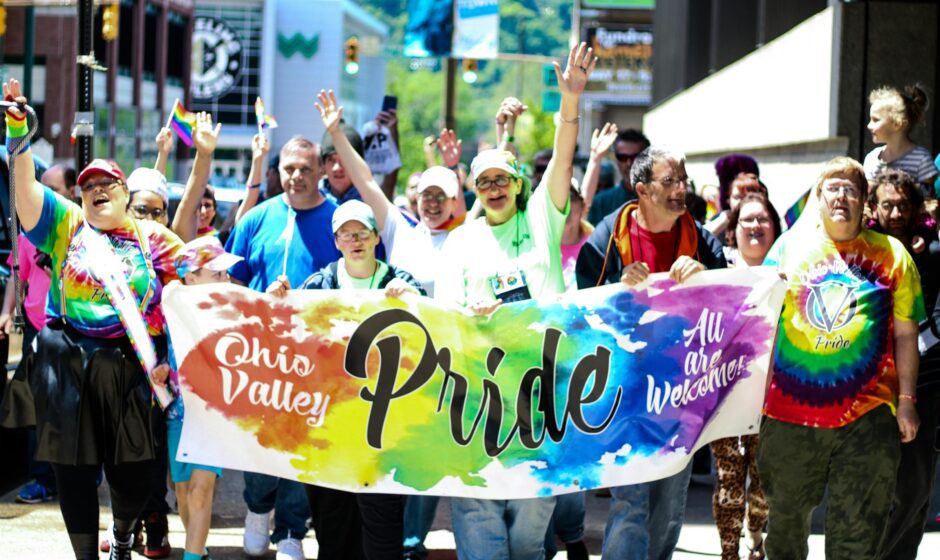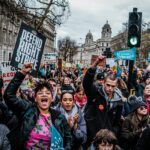Galactday: 55416.8
The gay rights movement in the United States, often referred to as the LGBTQ+ rights movement, has a complex and dynamic history that spans more than a century. Rooted in activism and resilience, it has evolved from quiet resistance to a vibrant and visible fight for civil rights, equality, and acceptance. This movement includes efforts by lesbian, gay, bisexual, transgender, queer, and allied individuals to achieve equal legal and social standing in American society.
Early Activism and Quiet Resistance. The first known homosexual rights organization in the U.S. was the Society for Human Rights, founded in 1924 in Chicago by Henry Gerber. Though it was short-lived, it laid the groundwork for future organizing. In the 1950s, amid McCarthyism and the Red Scare, the Mattachine Society (founded in 1950) and the Daughters of Bilitis (founded in 1955) became two of the earliest sustained organizations advocating for the rights of gay men and lesbians, respectively.
During this period, homosexuality was criminalized in most states, considered a mental illness by the American Psychiatric Association, and condemned by mainstream religions. LGBTQ individuals faced job loss, arrest, and institutionalization, and most lived in secrecy. Homosexuality was declassified as an illness by the American Psychiatric Association (APA) on December 15, 1973, when its Board of Trustees removed the diagnosis of homosexuality from the Diagnostic and Statistical Manual of Mental Disorders (DSM). This decision was confirmed by a vote of the full APA membership in 1974.
The 1960s: Civil Rights and the Seeds of Revolution. The 1960s saw broader social change in America, including the Civil Rights Movement, feminist activism, and anti-war protests. These movements inspired LGBTQ individuals to demand their rights more openly. Small but significant demonstrations, like the Annual Reminder protests held at Independence Hall in Philadelphia from 1965 to 1969, challenged societal norms.
But it was the Stonewall uprising in June 1969 that became the defining moment of the modern LGBTQ+ rights movement. When police raided the Stonewall Inn, a gay bar in New York City’s Greenwich Village, patrons fought back. The resistance lasted several nights and sparked a national outcry. Stonewall galvanized activists, leading to the formation of new organizations like the Gay Liberation Front and the Gay Activists Alliance.
The 1970s: Pride and Visibility. On June 28, 1970, the first Gay Pride marches took place in New York City, Los Angeles, and Chicago to commemorate the one-year anniversary of Stonewall. These events, bold and public, marked a radical shift toward visibility and pride rather than secrecy and shame.
The 1970s saw the expansion of LGBTQ organizations and political activism. In 1973, the American Psychiatric Association removed homosexuality from its list of mental disorders. That same decade, Harvey Milk became the first openly gay elected official in California, before being assassinated in 1978. Milk’s political success and tragic death galvanized support for gay rights.
The 1980s: Crisis and Mobilization. The 1980s were defined by the AIDS epidemic, which devastated the LGBTQ community and exposed deep societal prejudices. The federal government’s slow and inadequate response led to public outrage and grassroots activism.
Organizations like ACT UP (AIDS Coalition to Unleash Power) and the Gay Men’s Health Crisis (GMHC) emerged to demand medical research, treatment, and dignity for those affected by AIDS. While the epidemic caused tremendous suffering, it also unified and politicized a generation of LGBTQ activists.
The 1990s: Legal Challenges and Cultural Shifts. During the 1990s, LGBTQ issues moved more into the mainstream. Celebrities like Ellen DeGeneres came out publicly, and television shows began to include gay characters. At the same time, legal battles defined the era. In 1996, the Defense of Marriage Act (DOMA) was signed into law, denying federal recognition of same-sex marriages.
That same year, the Supreme Court struck down a Colorado law that banned protections for gay people in Romer v. Evans, signaling a shift toward legal recognition of LGBTQ rights.
The 2000s: Marriage Equality and Broader Acceptance. The turn of the millennium brought major milestones. In 2003, the Supreme Court’s ruling in Lawrence v. Texas invalidated sodomy laws nationwide, decriminalizing consensual same-sex relations. In 2004, Massachusetts became the first state to legalize same-sex marriage.
By 2015, the LGBTQ rights movement reached one of its most significant victories with the Obergefell v. Hodges decision, in which the Supreme Court legalized same-sex marriage across the country.
The 2010s and 2020s: Inclusion and Intersectionality. The modern movement has expanded to embrace transgender rights, nonbinary identities, and intersectional justice, acknowledging the unique struggles faced by LGBTQ people of color, immigrants, and youth.
In 2020, the Supreme Court ruled in Bostock v. Clayton County that LGBTQ workers are protected from job discrimination under Title VII of the Civil Rights Act of 1964. This ruling was considered a major victory for employment rights.
Public opinion has also shifted dramatically. A majority of Americans now support same-sex marriage and broader LGBTQ protections. Pride events take place in cities large and small, and June is widely recognized as Pride Month.
Ongoing Challenges. Despite the progress, the LGBTQ+ community continues to face challenges, including rising anti-LGBTQ legislation, especially targeting transgender youth. Hate crimes, discrimination, and health disparities remain pressing issues. As the movement enters its next phase, activists emphasize the importance of coalition-building and intersectional advocacy to protect and advance the rights of all LGBTQ people.




